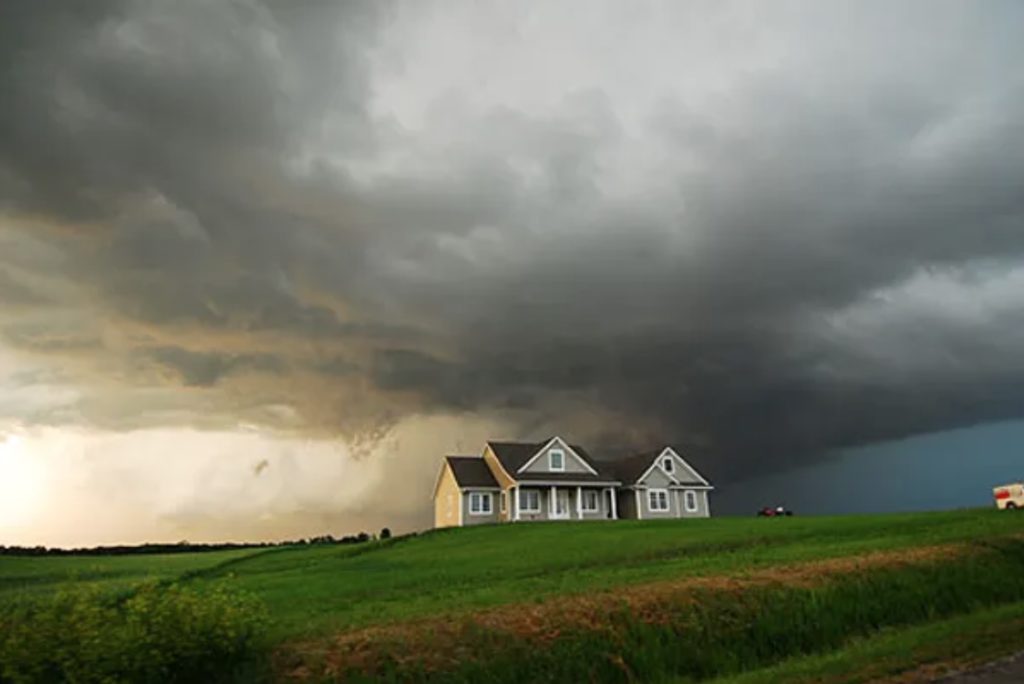Your Guide To Wind Roof Damage
When the wind is screaming, rain is driving down in five-gallon buckets, or hail is pinging off the ground like popcorn, you know your roof is taking a beating. But when the wind goes from shriek to howl, do you really know what’s going on up there? Check out this guide to wind roof damage.

In facilities management, ignorance is never bliss. Preventive maintenance is the key to the longevity of any system, but the step before that is having a sense of what the system is undergoing. Understanding a little bit of what is physically happening on a roof during severe weather events can help staff inspecting a roof anticipate trouble areas, spot potential damage and catch small problems in time.
The list of hazards a roof system must contend with varies by roof type and building location, but two events are anathema to roofs everywhere: severe wind and hail. Water and its other forms (ice, snow, deluge) and temperature cycles also are heavy hitters.
How Does the Wind Damage my Roof?
Roofs are designed to resist the typical wind loads of their location, but no roof is likely to withstand the most extreme wind event: tornado. In between breezes and twisters is a whole range of wind speeds that incrementally damage the roof system.
As wind moves over a roof, its effect is not uniform. Certain regions will be subject to higher pressures, such as along the perimeter.
Depending on the way the wind blows, the shape of the roof and the location on the roof, there will be negative pressure — suction — or positive pressure — pushing, like when the wind slaps your face as you round a corner. But most wind damage that occurs on roofs start on the edge of the roof systems.
What Kind of Damage Should I Expect?
Don’t worry, the chances of your roof actually blowing off are substantially low. Even in hurricane areas, very few roofs actually blow off. The roofs are still attached very solidly to the building, but are almost shredded with cuts and punctures from flying debris. With that being said, any type of debris that falls or drags against your roof will cause the most damage.
Wind-blown debris also tends to accumulate and clog drains and downspouts. That could cause problems in the future, and facility managers might not realize that it had been caused by the earlier wind event.
What do I do if I have Wind Roof Damage?
You don’t want to play around with roof damage as you never know when the weather will stir up another storm. Contact your local roofer right away to fix whatever problems occurred. In the Mechanicsburg, Camp Hill, or Harrisburg area? Reach out to us today!
Schedule your free consultation today and find out why we are one of the most highly trusted contractors in the area.
LET'S WORK TOGETHER
book a consultation
(717) 574-2652
info@crainroofing.com
507 N York Street 3A-3
Mechanicsburg, PA 17055
Monday - Friday 7am-5pm
Closed Saturday & Sunday
Crain Roofing
We can't wait to hear from you
© Crain Roofing 2025 - Website by LYT Marketing
back to top

ADD A COMMENT
February 7, 2023